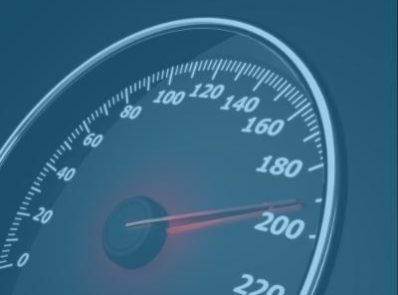In the middle of November, Google announced a new PageSpeed Insights upgrade. According to Google, the PageSpeed Insights upgrade makes the tool more intuitive and ‘real world’ when measuring performance.
What is the PageSpeed Insights Tool?
The Google PageSpeed Insights Tool analyzes web page content, on both mobile and desktop devices, and then recommends ways to make the page load faster. The tool breaks down a website’s page speed into 3 primary components that they call “Core Web Vitals”. These 3 components are Largest Contentful Paint (LCP), First Input Delay (FID) and Cumulative Layout Shift (CLS).
Largest Contentful Paint measures your page’s total loading time. Generally, the aim is to keep the LCP for your page under 2.5 seconds from when the page starts loading.
First Input Delay measures interactivity and responsiveness. In other words, it measures how long it takes for the user to be able to interact with page elements, like clicking on a button.
Cumulative Layout Shift is concerned with the stability of your web page. Sometimes, an element such as an image will take longer to load, and once it does, it will push everything else down and cause a “layout shift”, which can be bad for user experience.
Using these 3 primary components of Core Web Vitals, the PageSpeed Insights tool scores your page on a scale of 0-100 and presents opportunities to improve in each component in order to increase your page speed score.
What has changed with the PageSpeed Insights update?
PageSpeed Insights has a new address, look and some new features.
New Location
The URL for the new PageSpeed Insights tool is: https://pagespeed.web.dev/. The old URL will still work and will redirect to the new one.
New Look
The new user interface (UI) look and feel have been modernized for a better user experience. It’s built to improve how the report is presented so it’s easier to read and interpret.
New Core Web Vitals icons
The Core Web Vitals used to be just the words ‘passed’ or ‘failed’. Now there’s icons to make the information stand out from the rest of the data.
Field and Lab Data Improvements
The new UI clearly differentiates between the field and lab data and has replaced labels with descriptive text that explains what the information means and how it can help.
Field Data
The first panel you will see when you scan a web page is the field data, which is the panel labeled “Discover what your real users are experiencing”. The field data is an assessment of your Core Web Vitals metrics that have been computed over the last 28 days using data from real-world users, and will determine whether the page has passed or failed. Since this metric is based on data collected over 4 weeks, these scores will not improve as soon as you make updates on your website.
Lab Data
The lab data panel, labeled “Diagnose performance issues”, is the PageSpeed Insights tool we were familiar with before this update. This section scores your page on a scale of 0-100 and breaks down your metrics into those 3 Core Web Vitals metrics we discussed earlier. This is the section you want to keep an eye on as you’re making updates directly on your site to improve your page speed. It will change and update every time you scan the page with new optimizations. The “opportunities” section will give you direct recommendations to make your page load faster, and give you an estimate on how much time and size you could potentially save.
Information section
There’s a new information section delivering even more information so you can learn more about the results. Included in this information section are visit durations, the data collection period, devices, network connections and sample size. You can also expand the view to get right to the granular bits that make up the metrics.
Why should you care?
Optimizing your webpages for speed is key to a good user experience. If your page takes longer than 3 seconds to load, over 25% of users will wander away. Page speed is also a ranking factor for Google’s search engine algorithms, both directly and as a result of bounces.
Need help deciphering your PageSpeed Insights? We specialize in technical SEO, including page speed optimizations.








